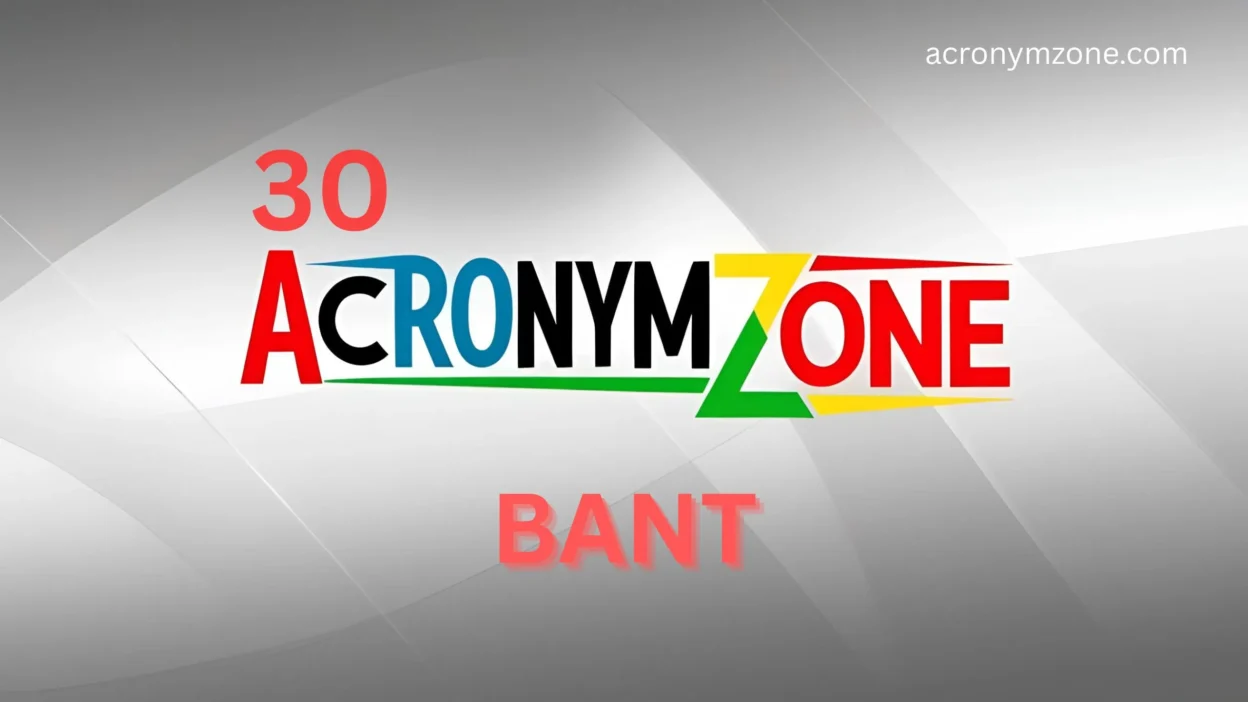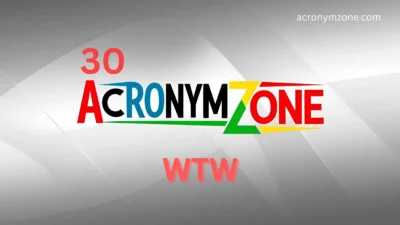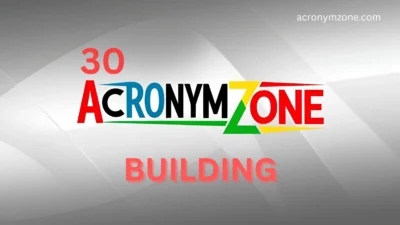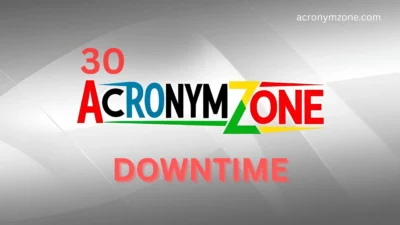In the world of business, especially in sales and lead qualification, the term “BANT acronym” pops up a lot. But what exactly does it mean, and how can we explore alternatives to better suit specific situations and emotional tones?
Let’s break it down.
BANT stands for:
- Budget – Does the lead have the money to buy?
- Authority – Are they the decision-maker?
- Need – Do they have a genuine problem to solve?
- Timeline – When are they planning to buy?
This classic acronym is a go-to framework for qualifying leads, but it’s not one-size-fits-all. Depending on your industry, client behavior, or conversation style, you might need a slightly different lens—maybe one that’s more empathetic, relationship-driven, or discovery-focused.
That’s why today, we’re introducing 30 creative, acronym-style alternatives to BANT—each one tuned to a different communication style or business need.
🔍 Why Look for Alternatives to BANT?
While BANT is effective, it can sometimes feel rigid or transactional. Today’s buyers crave consultative conversations, not checklists. That’s where these alternatives come in—giving you new ways to qualify leads while keeping the conversation human, strategic, and context-aware.
💡 30 BANT Acronym Alternatives (with Use Cases & Examples)
Each of the following acronyms can be used as a framework for conversations, emails, CRM stages, or discovery calls.
1. CHAMP – Challenges, Authority, Money, Prioritization
Focuses on solving problems, not just budgets.
👉 “Let’s talk about the challenges you’re facing first.”
2. FAINT – Funds, Authority, Interest, Need, Timing
Works well for leads who don’t know their budget yet.
👉 “They don’t have a set budget, but they’re highly interested.”
3. ANUM – Authority, Need, Urgency, Money
Great for fast-paced or time-sensitive deals.
👉 “We know they need this quickly—urgency is high.”
4. GPCT – Goals, Plans, Challenges, Timeline
Consultative and strategy-focused.
👉 “Their goals align with what we offer—this is a good fit.”
5. SAND – Solution, Authority, Need, Deadline
Good for proposal discussions.
👉 “We’ve presented the solution; now let’s meet the deadline.”
6. PANT – Problem, Authority, Need, Timeline
More empathetic than budget-first frameworks.
👉 “We focused on the pain point first—that built trust.”
7. TEND – Timeline, Engagement, Need, Decision-maker
Balanced between process and relationship.
👉 “Their engagement is high—we just need to confirm who decides.”
8. LEAD – Level of interest, Engagement, Authority, Deadline
Modern and flexible, great for marketing-qualified leads.
👉 “This lead is warming up—they’ve hit all LEAD marks.”
9. CARE – Challenge, Authority, Resources, Expectation
Client-centric and emotionally intelligent.
👉 “We CARE about where they’re stuck—not just how much they’ll pay.”
10. BRIDGE – Budget, Reason, Intent, Deadline, Goal, Engagement
Excellent for building rapport.
👉 “We’re trying to BRIDGE their problem to a solution.”
11. TRACK – Timeline, Resources, Authority, Challenge, Knowledge
Educational and discovery-focused.
👉 “They’re still learning—TRACK will guide our approach.”
12. NEAT – Need, Economic impact, Access to authority, Timeline
Adds business impact to the decision-making process.
👉 “We highlighted the cost of doing nothing with NEAT.”
13. MINT – Money, Influence, Need, Timeframe
Simple and effective for sales reps on the go.
👉 “They’re a solid MINT-qualified lead.”
14. FORCE – Fit, Objective, Resource, Champion, Expectation
Perfect for SaaS and startups.
👉 “They’re a FORCE-fit—especially with that internal champion.”
15. HAND – Help, Authority, Need, Deadline
Customer service–oriented approach.
👉 “Let’s focus on how we can HELP them first.”
16. RAMP – Requirements, Authority, Motivation, Purchase timing
Ideal for consultative sales and enterprise deals.
👉 “They’re motivated—we just need to outline the requirements.”
17. PLAN – Problem, Location, Authority, Need
Useful for geography-based or location-specific businesses.
👉 “We’re working with local leads using the PLAN method.”
18. GRIT – Goal, Resource, Interest, Timeline
Highlights perseverance and value-driven engagement.
👉 “This GRIT model shows how serious they are.”
19. PICK – Problem, Influence, Cost, Knowledge
Best for competitive industries.
👉 “They PICKed us for our deep understanding of their market.”
20. SAIL – Situation, Authority, Interest, Logistics
Helpful for logistical or implementation-focused deals.
👉 “SAIL helped us align rollout with their internal process.”
21. CAMP – Challenge, Authority, Money, Priority
Outdoor brand? Use CAMP! Also, helps in strategic planning.
👉 “We’re camping on the right priorities this quarter.”
22. FORM – Fit, Opportunity, Revenue, Momentum
Fast-growth-oriented businesses benefit from this.
👉 “They FORM a perfect match for our expansion goals.”
23. FAIR – Fit, Authority, Intent, Resource
Ideal for values-driven companies.
👉 “We only move forward if the deal feels FAIR to both sides.”
24. GOLD – Goals, Obstacles, Leadership, Deadline
Golden rule of value-based selling.
👉 “They’re searching for GOLD—we help uncover it.”
25. VANT – Value, Authority, Need, Timeline
A soft, value-first variation of BANT.
👉 “Let’s talk about the VALUE before price.”
26. PRIC – Problem, Relationship, Influence, Cost
Balanced between logic and emotional buying.
👉 “We PRICed this with relationships in mind.”
27. COIN – Challenge, Opportunity, Interest, Need
Prospecting-friendly framework.
👉 “COIN helps identify curiosity and urgency early.”
28. BARN – Budget, Authority, Reason, Need
Perfect for structured discovery calls.
👉 “We’re BARN-storming new clients this quarter.”
29. HUNT – Help, Urgency, Need, Timing
Great for proactive outbound teams.
👉 “We’re always on the HUNT for qualified opportunities.”
30. CHARM – Challenge, Help, Authority, Resource, Motivation
Gentle and emotionally aware—ideal for relationship-first sales.
👉 “They responded better to CHARM than a hard pitch.”
🧠 How to Choose the Right Acronym?
Picking the best BANT alternative depends on your industry, tone, client type, and sales philosophy:
- Want to be customer-focused? Go with CARE, CHARM, or HAND.
- Need a fast-track tool for qualification? Try ANUM, MINT, or HUNT.
- Working in consultative or enterprise sales? Use GPCT, RAMP, or TRACK.
- Emphasizing value over cost? Choose NEAT, VANT, or GOLD.
- Focused on emotionally intelligent communication? Use FAIR, CHARM, or BRIDGE.
Remember, frameworks should support conversations—not replace them. You’re not just asking questions to “check boxes”—you’re guiding the client to clarity and confidence.
✅ Conclusion
The BANT acronym has served sales teams for decades. But today’s buyers demand more than just yes/no qualifiers—they want insight, empathy, and a partner who listens.
By mastering these 30 BANT alternatives, you’ll gain the flexibility to navigate any sales conversation—whether you’re cold calling, demoing, or building long-term relationships.
Choose the acronym that matches your style and your customer’s mindset. And remember: no matter the model, put the human first.




